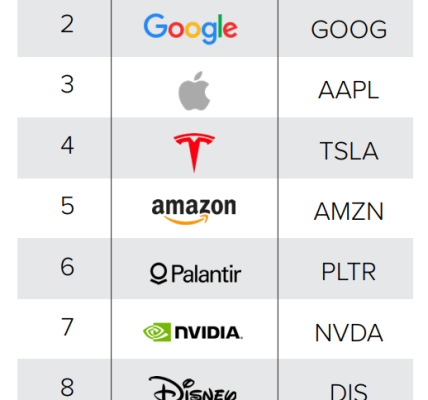Navigating the world of student loans in the US can feel like wading through a dense jungle, especially for students and families unfamiliar with the intricacies involved. Many borrowers jump into the process without fully understanding the long-term implications, often swayed by promises of easy access to funding. This guide aims to illuminate the often-overlooked details of securing student loans, helping you make informed decisions that align with your financial future. Before you even consider signing on the dotted line, it’s critical to understand the different types of loans, interest rates, repayment options, and potential pitfalls that can impact your financial well-being for years to come. Therefore, carefully evaluating your need for student loans is crucial before you proceed.
Understanding the Landscape of US Student Loans
The US student loan system is a complex web of federal, state, and private lenders. Each offers different terms, conditions, and eligibility requirements. It’s essential to understand these differences to choose the loan that best suits your individual needs and circumstances.
Federal vs. Private Student Loans
The first major distinction is between federal and private student loans. Federal loans are backed by the government and typically offer more borrower protections, such as income-driven repayment plans and deferment options. Private loans, on the other hand, are offered by banks and credit unions, and generally have less flexible repayment options. Think carefully about which one will work best for you.
- Federal Student Loans: Often have lower interest rates and more flexible repayment options.
- Private Student Loans: May require a co-signer and can have variable interest rates.
Importing Details You Didn’t Know
Beyond the basics, several crucial details are often overlooked when applying for student loans. These “imported” details can significantly impact your loan experience and financial future. It’s vital to thoroughly research these factors before committing to a loan.
The Impact of Interest Rates
Interest rates play a crucial role in the overall cost of your loan. A seemingly small difference in interest rate can translate into thousands of dollars in extra payments over the life of the loan. Understanding the difference between fixed and variable interest rates is also essential.
- Fixed Interest Rates: Remain constant throughout the loan term, providing predictability.
- Variable Interest Rates: Fluctuate with market conditions, potentially leading to higher or lower payments.
Repayment Options and Their Consequences
Federal student loans offer various repayment options, including standard, graduated, and income-driven repayment plans. Understanding the nuances of each plan is crucial for managing your debt effectively. The repayment plan you choose dictates the length of time you’re paying the loan back and what the monthly payment will be. Choosing wisely is important.
Deferment and Forbearance
Deferment and forbearance are temporary pauses in your loan payments. While they can provide relief during financial hardship, interest may continue to accrue, increasing the overall loan balance. Understanding the terms and conditions of deferment and forbearance is critical.
Avoiding Common Pitfalls
The world of student loans can be full of hidden traps. Being aware of these potential issues can help you navigate the process safely and avoid financial hardship.
Overborrowing
Borrowing more than you need is a common mistake. It’s essential to carefully estimate your expenses and only borrow the amount necessary to cover your education. Remember, every dollar borrowed accrues interest.
Ignoring the Fine Print
Always read the loan agreement carefully before signing. Pay attention to the terms and conditions, including interest rates, repayment options, and any fees associated with the loan.
The information in this guide should help you be more prepared to think about the overall best decision when applying for student loans. Weighing all the factors mentioned above will help you make the wisest decision.

